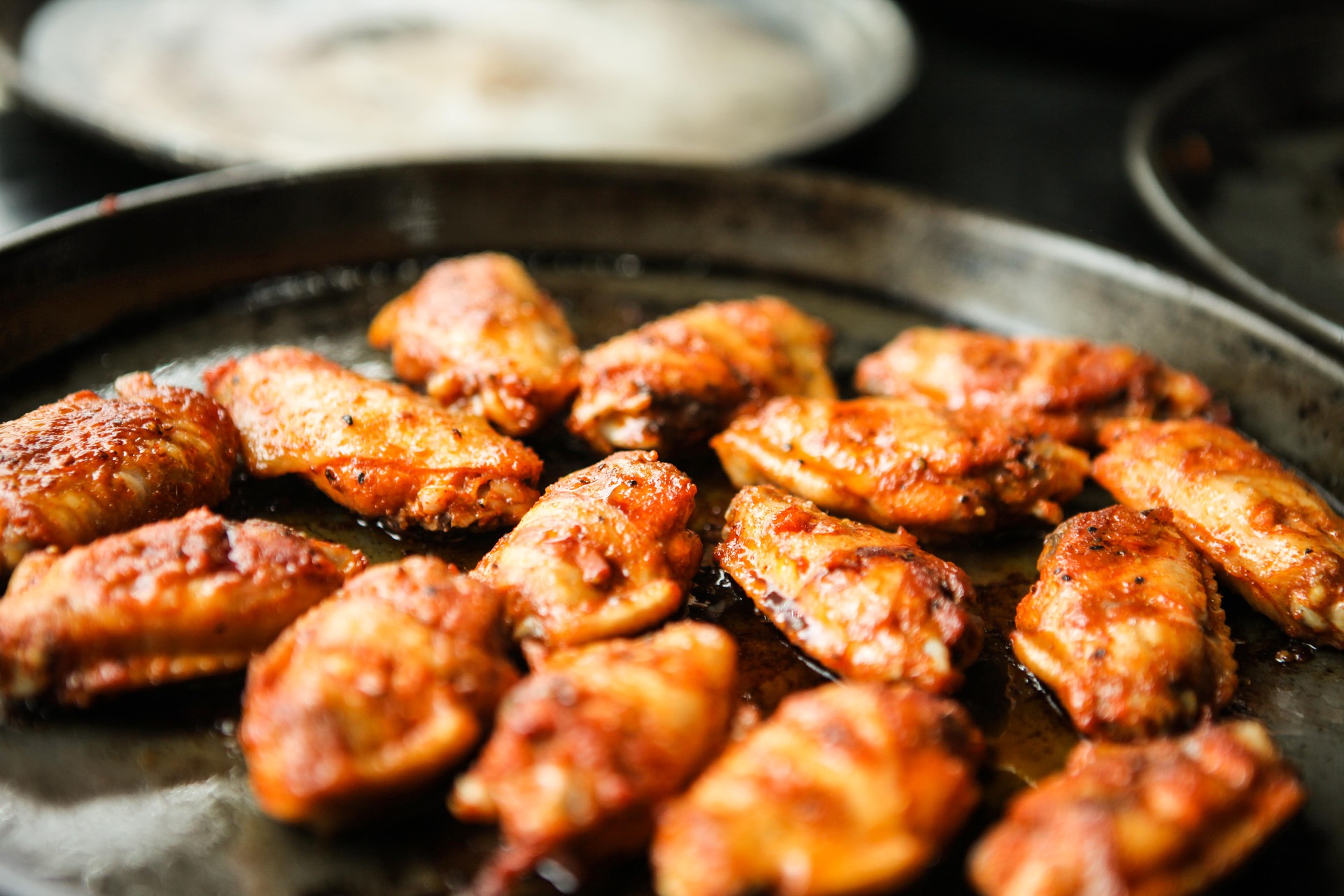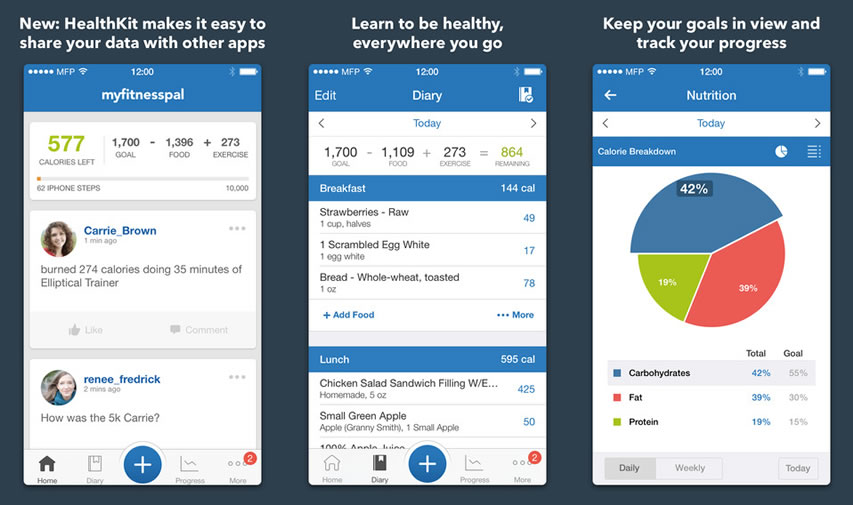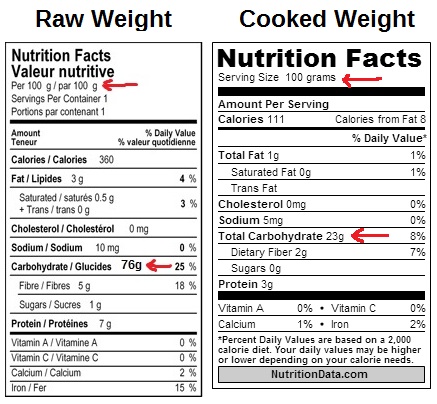Here you will learn all the basics for losing fat and gaining muscle.
If there is one piece of advice I’d give to someone looking to lose fat it’s to count your calories.
This is not a practice reserved for slightly chubby young mums, everyone can benefit.
If you’re serious about losing fat you’ll want to be within 100 to 200 calories of your target every day. Most guys couldn’t estimate a single meal within 100 calories, let alone a day. If I gave you a plate of chicken wings and told you to eat 700 calories of them, how close are you going to get? Exactly. So you need to count.

If you eat 100 calories too much every day then you will gain 1lb of fat a month.
We are actually very good at subconsciously balancing out our calories so that over a week we are close to our needs. Or at least, we were. The recent increase in sugary foods and artificial sweeteners is throwing off our “internal mechanism” for balancing calories, so we unknowingly over-eat every day. The solution? Start counting calories.
Seven Day Challenge
Here’s your challenge: Record how many calories you have in each of the next seven days, and report back with your results for Lesson 2.
There are three main options: a mobile app, a spreadsheet, or pen and paper.
If you want to set up a spreadsheet I have this video for how to do that, and if you want to use pen and paper it’s worth watching the spreadsheet video too and just copying that format onto paper.
For most people an app is the easiest. Something like MyFitnessPal has a large food database and the option to scan bar codes to make inputting your foods very easy. For now you will want to make sure you have Protein, Carbohydrate, Fat and Total Calories measured.

Now, before I set you off to track your calories, we need to go over some basic RULES.
Seven Rules for Counting Calories
- Don’t Lie To Yourself. If you eat six biscuits, put in six biscuits. You’re not a child trying to escape punishment, nobody needs to see it except you, so just put it in.
- If You Don’t Know The Nutritional Info, Google It. Type in the food you ate and the words “nutritional info” e.g. “Cashew Nuts Nutritional Info”. For most foods there will be a table. Remember to select the right serving size before reading off the information.
- Don’t fret about the small calories. If you ate four spoons of veg and you don’t know if it was 46 calories or 51, it doesn’t matter. A few calories per food won’t make a difference.
- If you eat energy dense foods like nuts, it does matter. If you have kitchen scales, this is a great way to be as accurate as possible. I recommend buying them, they’re maybe £10 online and just make everything so much easier. A small handful of nuts is 100 calories, a bigger handful is 200 calories. That difference does matter.
- If you eat at a restaurant, get hold of the nutritional data online. Some apps will have it, others you’ll have to type in the restaurant name and “nutritional info” and see what you can find. If you are completely stuck, try and find a similar meal at a more popular chain and use those numbers, but remember they could be way off.
- Watch out for serving sizes. Some companies, particularly confectionery, claim that a single “packet” contains multiple servings, with each serving conveniently outside the danger zone for sugar content (think Snickers Duo). I think a 500ml bottle of Coca Cola is technically 2.5 servings, to give you an idea of the stupidity. Check how much the whole packet weighs, or multiply the servings to get the right numbers.
- Watch out for cooked vs dry weight. This is for things like pasta and rice. 100 grams of uncooked rice has about 70 grams of carbs in it. Cook it and it absorbs water and becomes bigger and heavier, but with no extra calories. So it might now weigh 300 grams. It still contains 70 grams of carbs, but on the label they might write it as cooked weight and tell you that 100 grams of rice contains 23 grams of carbohydrate.

If you log 7 days of eating I can almost guarantee that you will be surprised by at least one food you eat. This will change your fundamental approach to food for the better, and set you up for a much better chance of reaching your goal weight.
The final thing I’d like you to do is to weigh yourself. If you don’t have bathroom scales, they are definitely worth the purchase. The best time to weigh yourself is first thing in the morning before breakfast, because that’ll give you the most consistent measurement. Get in the habit of weighing yourself once a week and adding that information to your spreadsheet or app.
Best of luck with your counting, it’s seriously worth doing before moving onto Lesson 2!
